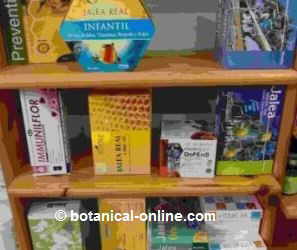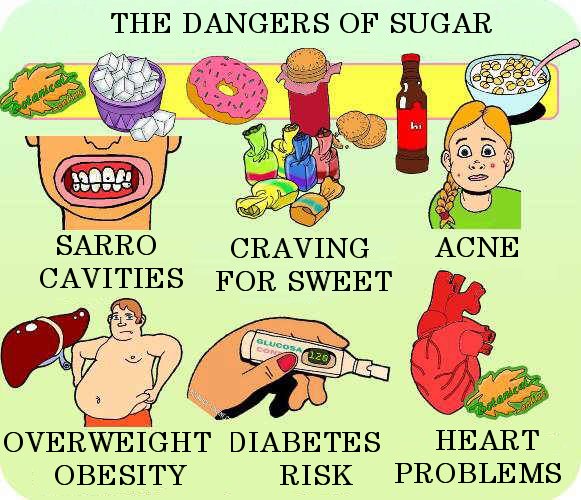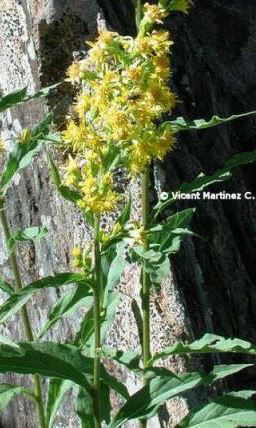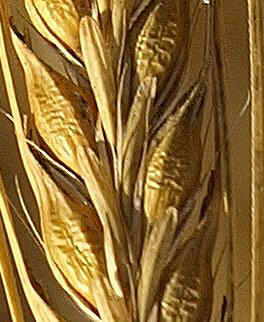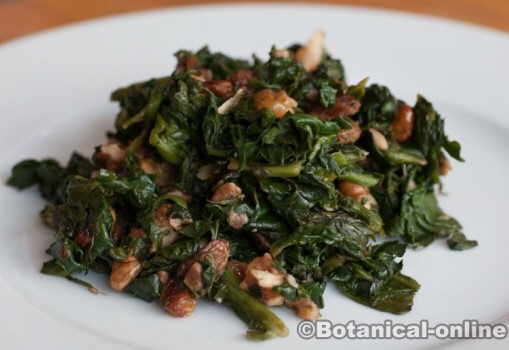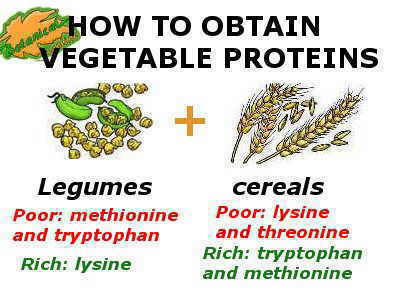Contents
- 1 Health benefits of kaki fruit (Diospyros kaki)
- 1.1 The antioxidant properties of kaki
- 1.2 Why persimmon is a so good antioxidant?
- 1.3 Persimmons are rich in lycopene
- 1.4 Persimmons are diuretic and energizing
- 1.5 Persimmons regulate intestinal transit
- 1.6 Which are the best persimmons?
- 1.7 How to eat persimmons?
- 1.8 Conservation and maturation of persimmons
- 1.9 Who should not eat persimmons?
- 1.10 Composition of persimmons per 100 gr.
Health benefits of kaki fruit (Diospyros kaki)
The antioxidant properties of kaki
Persimmon is one of the fruits with the highest antioxidant properties capable of neutralizing the negative effects of free radicals that are responsible for the occurrence of many degenerative diseases, among which, for example, cancer, vision loss, Parkinson’s disease or premature aging.
Eating persimmon fruits can help keep us young longer, because the antioxidants contained in this fruit can delay the onset of wrinkles, skin spots, crow’s feet and other skin, hair or bones blemishes, as baldness, stunted growth, gray hair, osteoporosis, etc.
Persimmons are a good immune system stimulant that, by increasing our defenses, protects us from many diseases.
Why persimmon is a so good antioxidant?
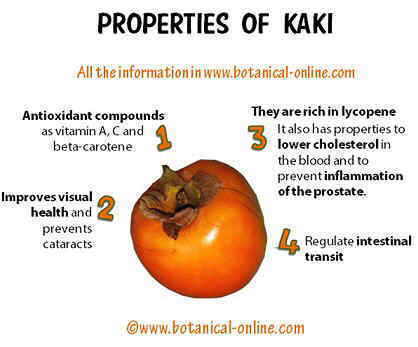
Main properties of Persimmon
The reason for the antioxidant properties of persimmon have to be found in the presence of a number of components that give it these properties, mainly its vitamins and flavonoids.
Among the vitamins we include:
- Vitamin A: Persimmons are very rich in vitamin A, as beta carotene. The carotenoids are converted into vitamin A by the body once ingested. Persimmons are among the richest foods in vitamin A.
With 2167 IU per 100 gr, it is well below the animal foods rich in this mineral, such as beef liver (more than 33000 UI/100g) or also below to other rich plant foods such as spinach (9900 100 / g) or red peppers (5700 IU). However, it far surpasses all other fruits (oranges, 230 IU or plums, 323 IU).
100 grams of kaki contribute a third of the daily requirement of vitamin A. We must not forget the importance of obtaining this vitamin for certain population groups that may have a greater need, such as pregnant or nursing women, people who smoke or drink much alcohol, people who are subject to certain drugs.
- Vitamin C: Persimmons, especially American persimmons (Diospyros virginiana), are rich in vitamin C, which among other properties, also have antioxidant properties.
- Vitamin E: Although proportionately in a lower amount, persimmons also contain vitamin E, which, together with vitamin C and vitamin A, help to defend against the effects of cell oxidation.
Persimmons are rich in lycopene
| Persimmons, like tomatoes, are rich in flavonoid lycopene. The antioxidant properties of lycopene have been widely recognized. Lycopene appears to reduce the likelihood of prostate, lung, stomach, bladder, stomach and cervix cancers. It also has properties to lower cholesterol in the blood and prevent inflammation of the prostate. |
Persimmons are diuretic and energizing
Persimmons, specially American persimmons, are rich in potassium, a mineral that helps remove the excess of fluids in the body. Being rich in potassium and poor in sodium, they are very diuretic, adequate to prevent fluid retention or high blood pressure.
In spite of being a diuretic food, we should eat persimmons wisely, especially dried persimmons, because they provide a lot of calories. This has to be taken into account by those who suffer from obesity or want to make a diet to lose weight. With 70 calories per 100 grams in weight, the caloric value of persimmons is far superior to most of the fleshy fruits. They outweigh apples, pears, apricots, oranges, etc. Practically only bananas are over them (92 kcal/100g)
The calorific value of persimmons come from its wealth of carbohydrates in the form of complex sugars. These, moreover, are very digestible and can be particularly recommended for those who want to have a large reserve of energy for some time. Ideal for children, athletes, workers engaged in drudgery, convalescent, pregnant women, infants, elderly, etc.
The nature of the sugars makes them equally suitable to be eaten by people with diabetes, keeping in mind that these people should not abuse this fruit, like the rest of the fruit.
Persimmons regulate intestinal transit
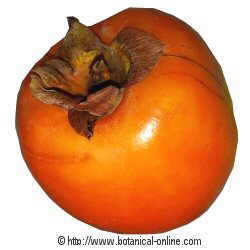
Persimmon contains a lot of soluble fiber
Persimmons are very useful to regulate the intestinal transit, both in cases of constipation and diarrhea.
Ripe persimmons are rich in soluble fiber, especially pectin, which can increase defecation by means of promoting bowel movements. Moreover, we know that this type of fiber absorbs cholesterol and helps to expel it before it is absorbed into the bloodstream.
Persimmon, when they are not fully mature, are very rich in tannins that give them their astringent taste. Although it is not advisable to eat plenty of astringent persimmons because they can cause indigestion and stomach pain, a small amount of food in this state can help stop diarrhea.
Which are the best persimmons?
Choosing the best persimmons depends on the species and variety chosen. Some varieties of persimmons, such as Hachiya, need to be ripe to be eaten. In this case we can not pick them up when they are hard, but they should be collected when ripe and, being so,, some of them must be kept cold before eating.
Other species, such as Red Honan, can be eaten when they are tougher because they are sweet.
Overall in Europe, the persimmon can be found in the market since late summer. So you can eat throughout the fall and early winter. In the southern hemisphere, it is usually collected from March to July.
Best persimmons are those which, when pressed with your finger, the flesh sinks a little. Their skin should be smooth and free of spots or marks or stains. At the top of the fruit, one should see the cap and a piece of the stalk that held it to the branch when it was on the tree.
How to eat persimmons?
Persimmons can be eaten in many ways. The easiest way is to split them in half with a knife, without removing the skin, and eat the flesh with a spoon. If you prefer to eat them raw in this way, they must be as sweet as possible, its flesh should be very soft, juicy, melting like pasta or as if it was already overripe.
To be even tastier, you can add a few drops of liquor or tomato juice.
When properly ripe, persimmon pulp can be used as cream spreads for toast, sandwiches, snacks, pie fillings, sauces, etc.
With ripe fruits, puree can be prepared by mixing it with cheese. In some places people produce beer or wine from persimmons.
You can also eat them peeled and chopped with other fruits in fruit salad. Kakies go well with raspberries, oranges, strawberries and other acid fruits, especially when you add some sweet spices, like cinnamon. Some also combine well with sweet fruits like grapes, pears, melons or dates.
It is also appropriate to mix them with avocado, yogurt or cottage cheese.
Some varieties, such as Hachiya, can be harvested before they mature to dry. The dried persimmons have a much higher content of vitamins, minerals and especially in calories. (See composition in the table below)
Conservation and maturation of persimmons
Once in our house, the persimmons should be kept in the fridge so they do not dry out. If not completely ripe, they should be left in the freezer for 24 hours or they can be kept for some days in a cool, dry place to finish the ripening process.
Another convenient way to ripen them is to introduce them in a plastic bag with several bananas or green apples and close the bag tightly. As bananas or apples are maturing, they emit ethylene, which in turn, makes persimmons to become ripe.
The best, however, is to let them ripen on the tree and pick them up when they are ready. In this case, once collected, they should be eaten quickly so they do not become overripe. In all varieties, the Sharon one is the only one that can be eaten when not completely ripen, so this variety can be considered as the least delicate of all varieties of persimmons.
Who should not eat persimmons?
Because of its high potassium content, those people who have kidney problems or are taking medication for high blood pressure, heart, kidney, or for pain should consult their doctor before eating this fruit, especially if they want to eat dried persimmons.
Composition of persimmons per 100 gr.
| Japanese persimmon raw (Diospyros kaki) | Japanese persimmon dry (Diospyros kaki) | |
| Water | 80,32 g | 23,01 g |
| Calories | 70 kcal | 274 kcal |
| Fat | 0,19 g | 0,59 g |
| Protein | 0,58 g | 1,38 g |
| Carbohydrates | 18, 59 g | 73,43 g |
| Fiber | 3,6 g | 14,5 g |
| Potassium | 161 mg | 802 mg |
| Phosphorus | 17 mg | 81 mg |
| Iron | 0,15 mg | 0,74 mg |
| Sodium | 1 mg | 2 mg |
| Magnesium | 9 mg | 31 mg |
| Calcium | 8 mg | 25 mg |
| Copper | 0, 113 mg | 0, 442 mg |
| Zinc | 0,11 mg | 0,42 mg |
| Selenium | 0,6 mcg | —- |
| Vitamin C | 7,5 mg | 0 |
| Vitamin A | 2167 UI | 558 UI |
| Vitamin B1 (Thiamin) | 0,030 mg | — mg |
| Vitamin B3 (Niacin) | 0,100 mg | 0,180 mg |
| Vitamin B2 (Riboflavin) | 0, 020 mg | 0, 029 mg |
| Vitamin D | —- | —- |
| Vitamin E | 0,590 mg | — |
| American persimmon raw (Diospyros virginiana) | |
| Water | 64,40 g |
| Calories | 127 kcal |
| Fat | 0,40 g |
| Protein | 0,80 g |
| Carbohydrates | 33,50 g |
| Fiber | — |
| Potassium | 310 mg |
| Phosphorus | 26 mg |
| Iron | 2,5 mg |
| Sodium | 1 mg |
| Magnesium | 26 mg |
| Calcium | 27 mg |
| Copper | — mg |
| Zinc | — mg |
| Selenium | — mcg |
| Vitamin C | 66 mg |
| Vitamin A | —- |
| Vitamin B1 (Thiamin) | —- |
| Vitamin B3 (Niacin) | —- |
| Vitamin B2 (Riboflavin) | —– |
| Vitamin D | —- |
| Vitamin E | —- |
![]() More information on persimmons.
More information on persimmons.

